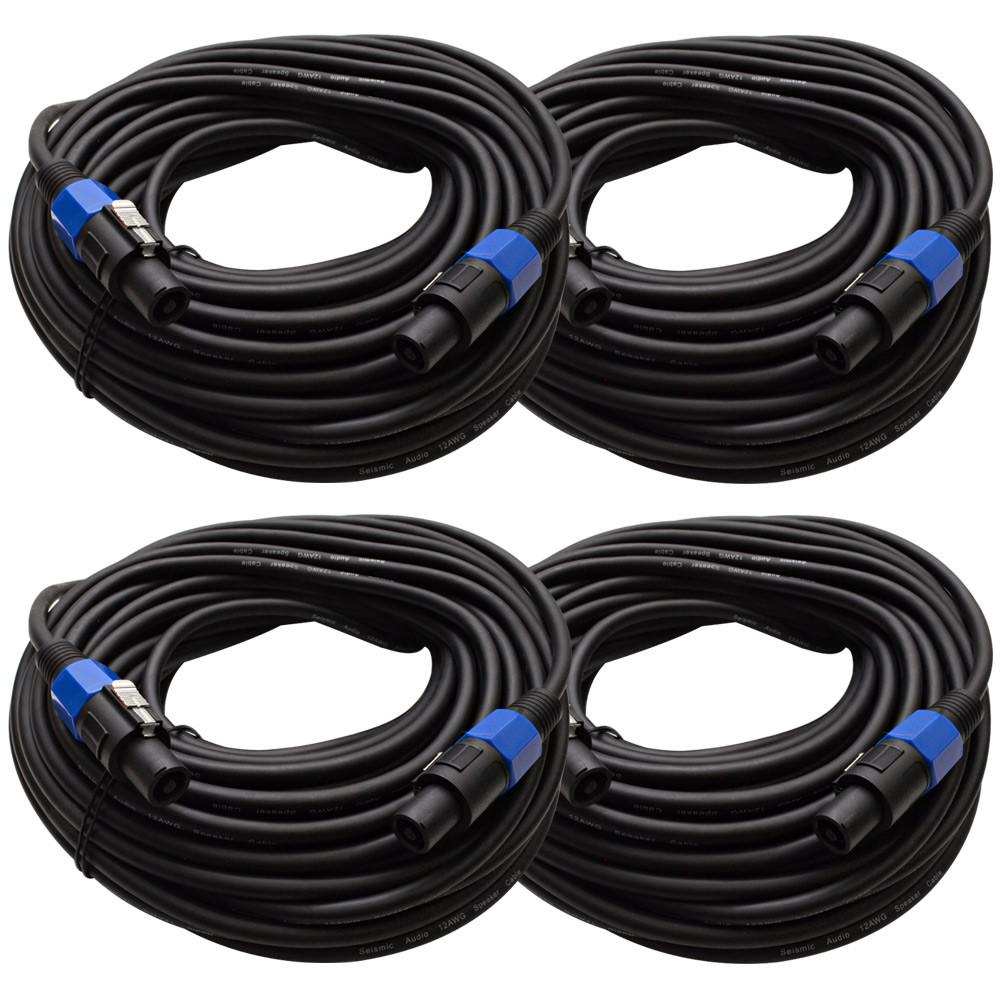
#Speeko speaker install
Install pico - please refer to offical documentation to get pico installed on your system, but these notes work for me: Make sure the volume is set at a reasonable level with the alsamixer. This uses aplay, which is already installed. If you want to use sound output besides the default output, you will need to configure your asound. You will need to install pico speaker, which will need some libraries added on Stretch (see below). In addition, I needed to specify to send the audio to different devices on the fly. pico-speako ignores successive calls of the same message or type of message while one is already playing. The existing packages had the occasional error, and also could not handle many successive calls. I am often testing the pin inputs from far away. I needed a way to get audible feedback from my raspberry pi while I was not watching the terminal.
#Speeko speaker series
In 2019 the manufacturer introduced the STX series which included male line connectors and female panel connectors.This node package handles text to speech on linux/raspberry pi, supporting mutliple output devices (as arguments) and suppresses repeated calls. Some amplifiers and mixer-amplifiers are configured to do this without the need for a 'combiner'.Īlso available are 2-pole "combo" receptacles that can also accept 4-pole cables and 1/4″ phone plugs. The 'combiner' and 'splitter' Y-leads are the same: two two-pole connectors on one end, connected to the ☑ and ☒ pins, respectively, of a four-pole line connector at the other end.

Similarly, the eight-pole connector could be used for tri-amping (two poles each for low, mid and high frequencies with two unused), or quad-amping (two poles each for high, mid, low and sub).Īnother use for the four-pole cable is to carry two channels of amplified signal from an amplifier to a pair of loudspeakers using a 'combiner' Y-lead connected to the two output channels, and a 'splitter' Y-lead to feed the loudspeakers. The four-pole connector is the most common at least from the availability of ready-made leads, as it allows for things like bi-amping (two of the four connections for the higher-frequency signal, with the other two for the lower-frequency signal) without two separate cables.

The eight-pole connector is physically larger to accommodate the extra poles. The two-pole line connector will mate with the four-pole panel connector, connecting to +1 and −1 but the reverse combination will not work. Speakon connectors are made in two, four and eight-pole configurations. The phase convention is that positive voltage on the + contact causes air to be pushed away from the speaker. and the outer contacts connectors (in the four-pole and eight-pole version only).

Speakon connectors arrange their contacts in two concentric rings, with the inner contacts named +1, +2, etc. Speakon cables are intended solely for use in high current audio applications. With 1/4" speaker jacks and XLR connections, it is possible for users to erroneously use low-current shielded microphone or instrument cables in a high-current speaker application. Speakon connectors are designed to be unambiguous in their use in speaker cables. If it is needed to join cables, a coupler can be used (which essentially consists of two panel connectors mounted on the ends of a plastic tube). Line connectors (female) mate with (male) panel connectors and typically a cable will have identical connectors at both ends. A Speakon connector is designed with a locking system that may be designed for soldered or screw-type connections.


 0 kommentar(er)
0 kommentar(er)
